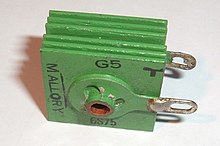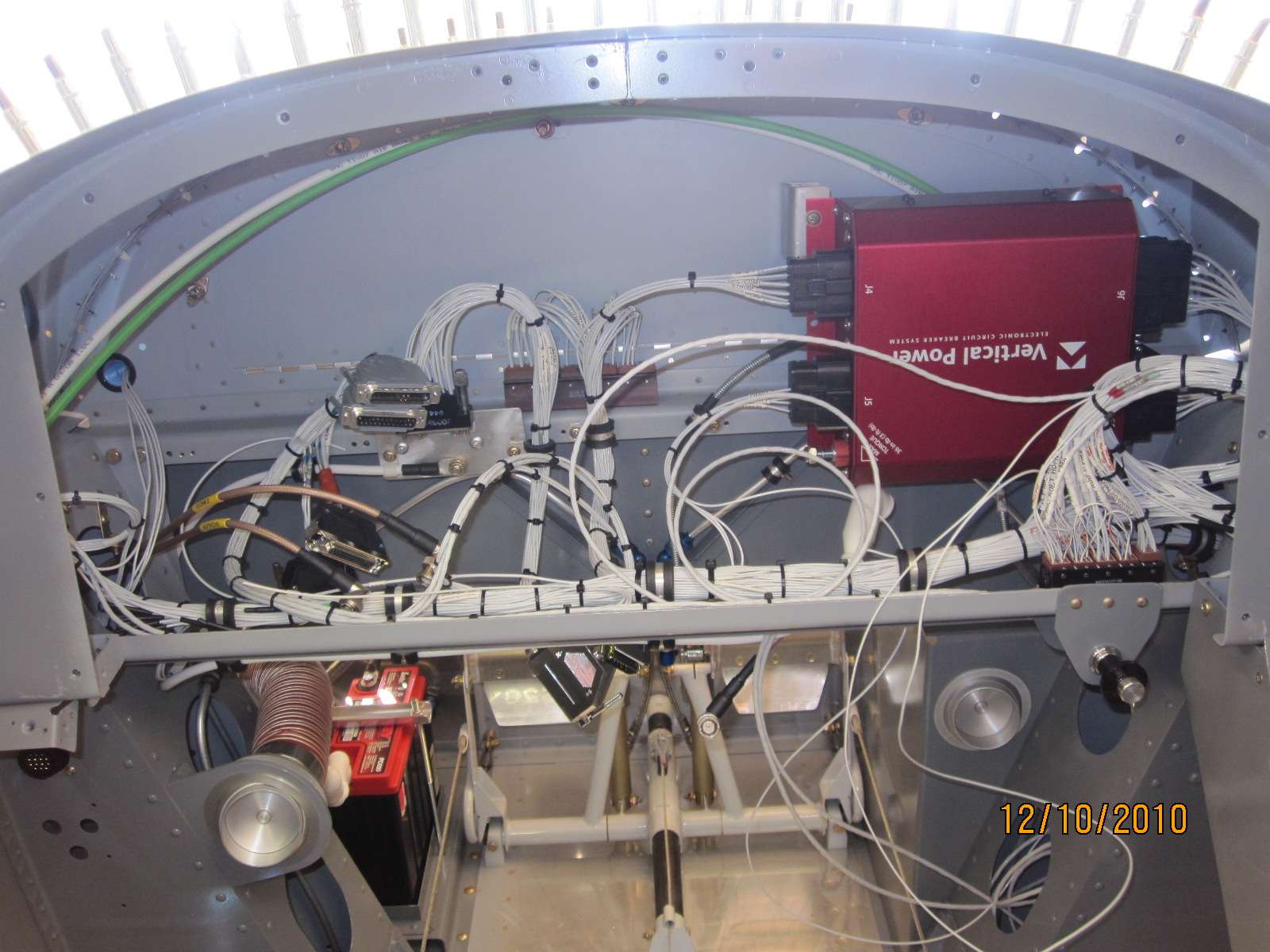I always recommend electronic circuit breakers to anyone putting in a modern electrical system and EFIS displays!

If you want to learn more, I am doing several electrical system presentations at OSH and we have a booth in Hangar B. Here is the preso schedule:
July 24th (Tuesday); 10:00 AM ? 11:15 AM;
Forum Pavilion 11 BRP/Rotax
Designing Electrical Systems For Your Plane ? We will focus on which systems work best for your plane and the impacts of various equipment choices as they relate to electrical requirements. Choices can depend on IFR vs. VFR, turbine, piston, air conditioning, etc. We?ll also discuss many of the new electrical products on the market such as backup batteries, alternators, and lights (LED & Incandescent). Also discussed will be fuses vs. circuit breakers and the newer Vertical Power equipment and its impact on electrical systems.
Presented by: Stein Bruch and Marc Ausman
July 24th (Tuesday); 1:00 PM ? 2:15 PM;
Forum Pavilion 08 NATCA
Computers That Fly the Plane in an Emergency ? A new technology called ?Runway Seeker? has been recently introduced in the experimental aircraft market. This technology automatically flies the plane to the best runway to land in case of an engine failure. How does the system work? What were some of the challenges in its design? Should you trust a computer to bring you to a runway under emergency conditions?
Presented by: Marc Ausman and Austin Meyer
July 25th (Wednesday); 1:00 PM ? 2:15 PM;
Forum Pavilion 11 BRP/Rotax
The VP-400 with Runway-Seeker ? The VP-400 is new backup EFIS for your airplane that has backup Synthetic Vision, Moving Map, Electronic Circuit Breakers, and climate control. It seeks out and the best runway at the best airport within gliding range in the event of engine failure or pilot incapacitation.
Presented by: Austin Meyer and Marc Ausman
July 28th (Saturday); 1:00 PM ? 2:15 PM;
Forum Pavilion 03 Sennheiser Aviation
Benefits of Electronic Circuit Breakers ? In the last decade, there has been a significant shift from the use of mechanical systems to all electric systems in experimental aircraft. We will compare traditional electrical systems with modern electronic circuit breakers.
Presented by: Marc Ausman






